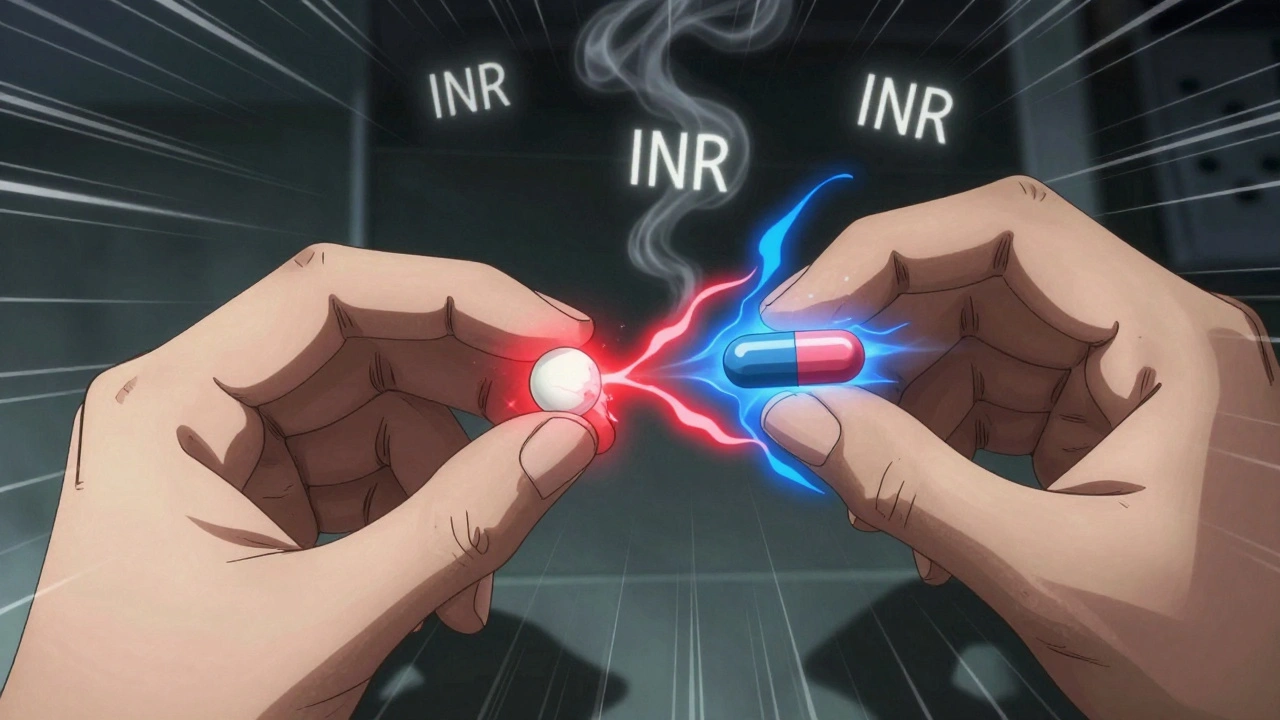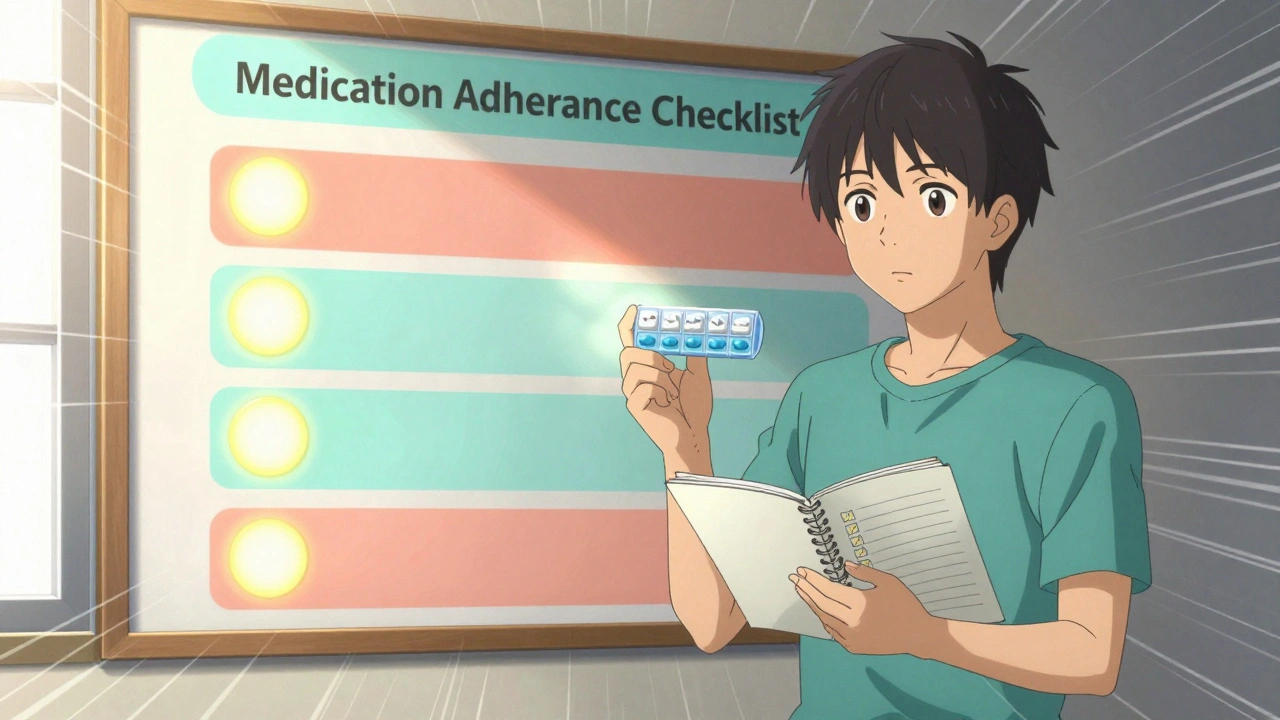Idiopathic Orthostatic Hypotension
When dealing with idiopathic orthostatic hypotension, a sudden decline in blood pressure that occurs on standing without a known cause, the first question is why the body can’t keep the pressure steady. This condition is a subset of idiopathic orthostatic hypotension that falls under the broader umbrella of blood‑pressure regulation problems. It often shows up as light‑headedness, blurred vision, or even fainting after getting up too fast. Because the drop happens without an obvious trigger—like dehydration, medication, or heart disease—doctors call it “idiopathic,” meaning the root cause is still a mystery. Understanding how the nervous system normally contracts blood vessels and raises heart rate is key; when that automatic response falters, the symptoms appear.
Key Related Concepts
One of the most common companions to this pressure dip is autonomic dysfunction, a failure of the autonomic nervous system to regulate involuntary actions such as heart rate and vessel tone. When the autonomic nerves don’t send the right signals, the body can’t compensate for gravity, and the blood pools in the legs. Another frequent outcome is syncope, a brief loss of consciousness caused by insufficient blood flow to the brain. Syncope is essentially the extreme end of the symptom spectrum—if the pressure drop is severe enough, the brain momentarily shuts down. Doctors often use a tilt‑table test to provoke and measure the reaction; this test directly links blood‑pressure regulation to the diagnosis of idiopathic orthostatic hypotension. The test also helps separate simple dehydration from true autonomic problems, guiding the next steps in care.
Why does this matter for the articles you’ll see below? Many of the posts discuss medicines that can affect blood pressure, heart rhythm, or the nervous system—think antihistamines, diuretics, and some antidepressants. Others focus on heart‑checkup tips, which are useful because routine screening can catch hidden orthostatic drops before they cause a fall. By tying drug side‑effects, cardiovascular screening, and autonomic testing together, the collection gives a full picture of how to spot, evaluate, and manage idiopathic orthostatic hypotension in everyday life. Below you’ll find practical guides on medication safety, heart health checks, and symptom‑tracking tools that together form a handy resource for anyone dealing with this tricky blood‑pressure swing.
Idiopathic Orthostatic Hypotension & Anxiety: Understanding the Connection
Learn how idiopathic orthostatic hypotension and anxiety interact, spot overlapping symptoms, and find practical tips to manage both conditions safely.






